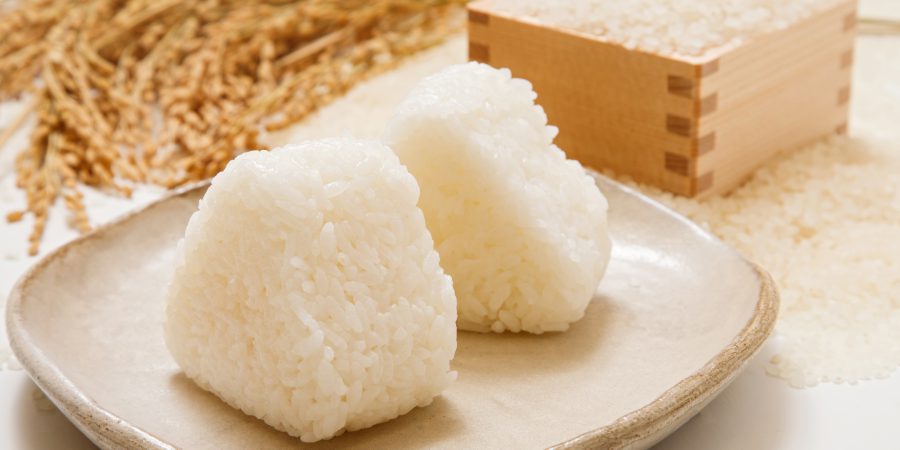Cốm, green rice coming from Vietnam Part 1
- Kome Lab

Autumn food in Vietnam is cốm.
Is a sign of the boom here or not? We have no answer because cốm does not ring anybody’s bell. However, such cốm has come here.
I once heard that there might be a custom of eating unmatured green rice in Vietnam. Green rice that is said to be immature grain in Japan seems to be used for food on purpose. We have so many countries and so many customs. Green rice is harvested in advance of the regular rice harvest; therefore, the best season for green rice is in early autumn.
The green rice is very cốm.
Cốm in season will be unveiled, and I will report it with all my might.
Open
It is wrapped with newspaper and tied with green ears like ribbons.

A package using leaves is inside the newspaper. Cốm is surely inside the package. The leaves look like Alocasia leaves and smell good.
After opening the leaves, fresh green cốm appears!

The grain feels smooth and dry without any stickiness. It smells like soybean flour.
Green immature grain that is not favorably accepted in Japan is explained as young rice at a local site. Being green seems not to give a bad impression. Speaking of green, people eat immature green papaya in Vietnam as well. There is food culture in Vietnam in which the people eat immature and mature food, enabling them to enjoy the same food twice.
Green immature grain turning into a sweet
Cốm is made by harvesting young rice, roasting the unhulled rice until a savory smell is generated and the rice is softened, threshing the rice and crushing the rice into a flat shape.
I heard cốm was originally eaten in a festival to celebrate new rice in northwest Vietnam. Vietnamese say eatingcốm is tasty, but the people make a sweet by roasting it with sugar, cook it with pork and also use it as an offering. We also have offerings in Japan such as ohagi (rice ball covered with sweet beans, soybean flour, or sesame seeds) and dango(steamed ball of rice or flour) in this season. I image both have the same root, but the difference in color, that is, green and white, is interesting.
Let’s eat real cốm!
The cốm eating report is in Part 2!>
Related article

- Kome Lab
- Greeting from “KOME LAB”



